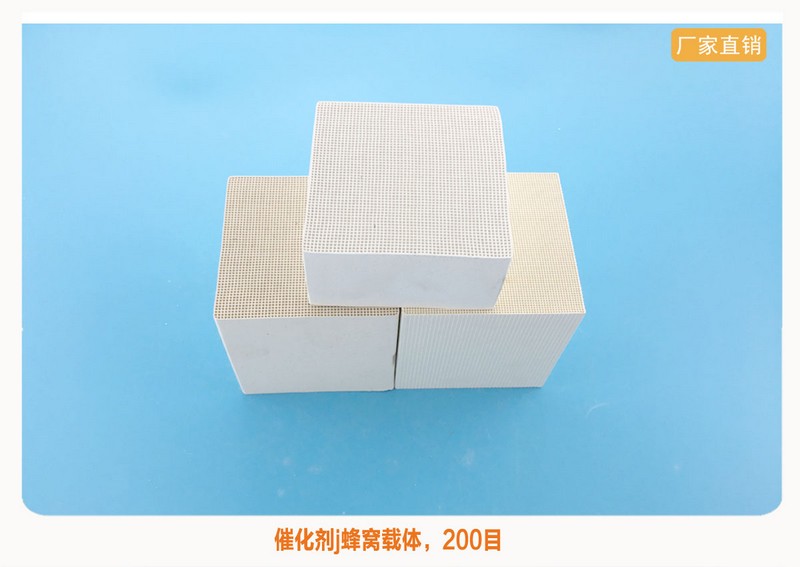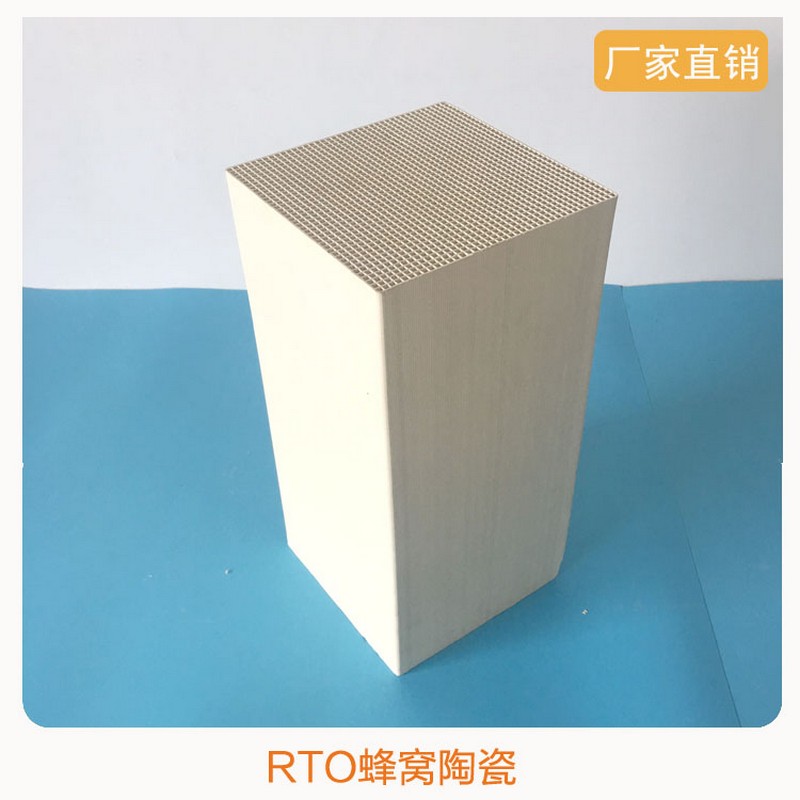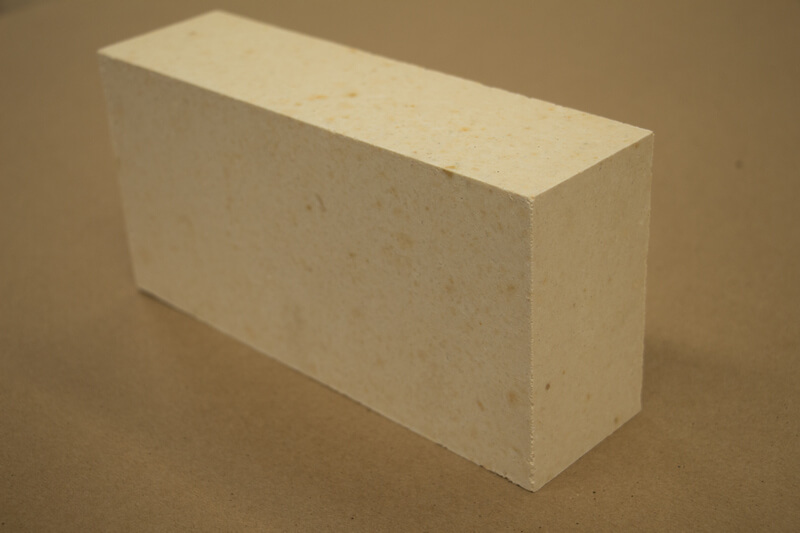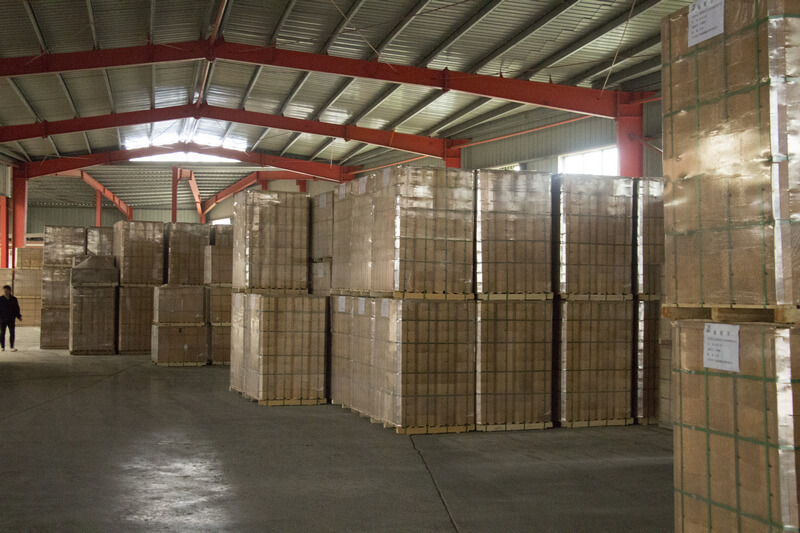Zirconium silicate has a high refractive index of 1.93-2.01 and stable chemical performance. It is a high quality and low price opacifier for opacification. It is widely used in the production of various building ceramics, sanitary ceramics, daily ceramics and first-class handicraft ceramics. Zirconium silicate has been widely used in ceramic production because of its good chemical stability, so it is not affected by the burning atmosphere of ceramic, and can improve the binding performance of ceramic glaze significantly and improve the hardness of ceramic glaze. Zirconium silicate has been further applied in the production of color picture tube, emulsified glass and enamel glaze in the glass industry.


Physical properties:
| Specific Gravity | 4.69 |
| Melting Point | 2500°C |
| Refractive Index | 1.97 |
| Mohs Hardness | 7.5 |
| Thermal Expansion Coefficient | 4.2*10-6 |
| Apprearance | White or off white powder |
Chemical properties:
| Item | RS65 | RS64.5 | RS63.5 |
| ZrO2+HfO2 | 65.0 min | 64.5 min | 63.5 min |
| Fe2O3 | 0. 06 max | 0. 08 max | 0. 12 max |
| Ti02 | 0.10 max | 0.12 max | 0.18 max |
Product standard:
| Type | Average mesh | Application |
| RS-1.0 | D50≤1.0um | High-grade sanitary porcelain
High-grade daily-use porcelain High-grade crystal brick |
| RS-1.2 | D50≤1.2um | |
| RS-15 | D50≤1.5um | Middle and low class sanitation porcelain,external and internal brick, archaized brick, engobe, body, etc. |
| RS-2.0 | D50≤2.0um |
Application:
1)Building ceramics, sanitary ceramics, daily-use ceramics, special ceramics, etc.(High refractive index 1.93-2.01,Chemical stability,It is an excellent and inexpensive opacifying agent,It is an excellent and inexpensive opacifying agent,In the processing and production of ceramic glaze, the scope of use is wide and the amount of use is large.)
2)Refractory materials and products, glass kiln zirconium ramming material, castable, spray coating, etc. (zirconium silicate melting point is very high:2500℃)
3)TV industry color kinescope, glass industry emulsified glass, enamel glaze production
4)Plastics industry: used as fillers requiring stability, heat resistance and chemical erosion resistance



